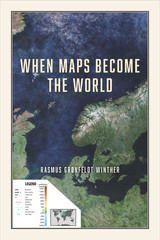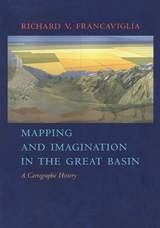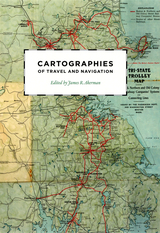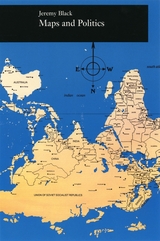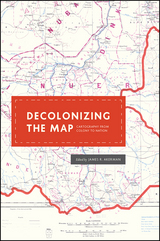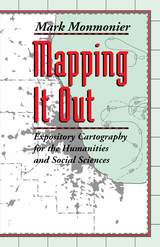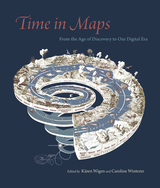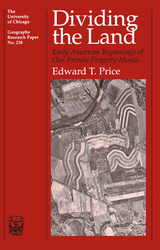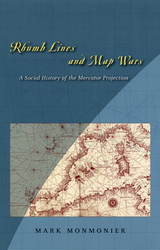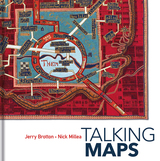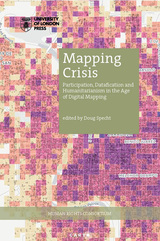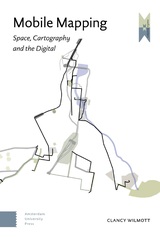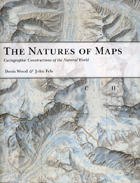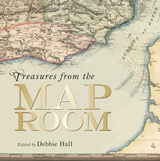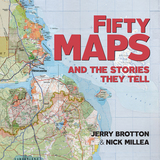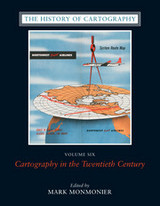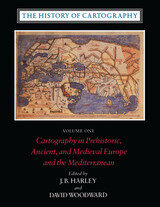The Cadastral Map in the Service of the State: A History of Property Mapping
University of Chicago Press, 1992
eISBN: 978-0-226-76463-4 | Cloth: 978-0-226-42261-9
Library of Congress Classification GA109.5.K35 1992
Dewey Decimal Classification 333.30223
eISBN: 978-0-226-76463-4 | Cloth: 978-0-226-42261-9
Library of Congress Classification GA109.5.K35 1992
Dewey Decimal Classification 333.30223
ABOUT THIS BOOK | TOC
ABOUT THIS BOOK
The Cadastral Map in the Service of the State, illustrated with 126 maps, traces the development and application of rural property mapping in Europe from the Renaissance through the nineteenth century. Beginning with a review of the roots of cadastral mapping in the Roman Empire, the authors concentrate on the use of cadastral maps in the Netherlands, France, England, the Nordic countries, the German lands, the territories of the Austrian Habsburgs, and the European colonies. During the sixteenth century government institutions began to use maps to secure economic and political bases; by the nineteenth century these maps had become tools for aggressive governmental control of land as tax bases, natural resources, and national territories. This work demonstrates how the seemingly neutral science of cartography became a political instrument for national
interests.
Throughout history the control of land has been the basis of power. Cadastral maps, records of property ownership, played an important role in the rise of modern Europe as tools for the consolidation and extension of land-based national power.
The Cadastral Map in the Service of the State, illustrated with 126 maps, traces the development and application of rural property mapping in Europe from the Renaissance through the nineteenth century. Beginning with a review of the roots of cadastral mapping in the Roman Empire, the authors concentrate on the use of cadastral maps in the Netherlands, France, England, the Nordic countries, the German lands, the territories of the Austrian Habsburgs, and the European colonies. During the sixteenth century government institutions began to use maps to secure economic and political bases; by the nineteenth century these maps had become tools for aggressive governmental control of land as tax bases, natural resources, and national territories. This work demonstrates how the seemingly neutral science of cartography became a political instrument for national
interests.
The manuscript of Cadastral Maps in the Service of the State was awarded the Kenneth Nebenzahl Prize in 1991.
See other books on: Baigent, Elizabeth | Cartography | Maps | Real property | Service
See other titles from University of Chicago Press

